Ingredients: Sea foam , Rosa damascena , Sesamum indicam , Beeswax .
Active Ingredients: anthocyanins, Terpenes, glycosides, flavonoids, vitamin c, kaempferol and quercetin, fatty oils and organic(geraniol, nerol, B-citronellol)
Indications: It is suitable for treating any eczema, itching, hot soda diseases, urticaria and skin allergies. In the direction of Jarb (Itching accompanied by a small rash and itching) and Quba (sometimes black red violence that appears with itching on the skin.
Dosage and administration: .Every 8 hours, gently lubricate the area for 2-5 minutes
Side effects: No side effects or contraindications have been reported
Contraindications and precautions: Severe allergies.
Pharmacological effects and mechanism of action MOA: Dermatitis (also called eczema) is an inflammation of the skin that is usually characterized by itching, redness, and a skin rash. In short-term cases, there may be small blisters, while in long-term cases the skin thickens. Dermatitis includes atopic dermatitis, allergic contact dermatitis, irritant contact dermatitis and stasis dermatitis. The exact cause of this condition is often unknown. Cases may be a combination of allergies and poor venous return. The type of dermatitis is generally determined by the person's history and the location of the rash. The activity of rose dermatitis seems to be related to its anti-inflammatory properties because the use of extracts reduces the levels of inflammatory cyclooxygenase 2 (COX-2) and nitrous oxide synthase (iNOS) mRNA. . In addition, rosehip treatment prevented the allergic response caused by atopic dermatitis by reducing the ratio of blood eosinophils and plasma IgE levels. Finally, Rosa showed an interesting regulatory effect on the Th2 immune response, because serum Th2 levels decreased significantly after treatment. Today, the most effective anti-AD atopic dermatitis drugs are those focused on suppressing the Th2 polar immune system. These findings therefore indicate a promising future for Rosa in the treatment of atopic dermatitis. Among the various components that can be found in Rosa roots are probably candidates for action against AD; Concentrated tannin is RM-3. RM-3 is the most abundant chemical in Rosa root extract. Also in the case of sesame, Sesame electrophoresis patterns show degradation of all major allergen protein groups, which reduces protein and IL-1β, IL-6, TARC and MDC mRNA expression. In contrast, NS did not inhibit protein and mRNA expression of IL-1β, IL-6, TARC and MDC. We have shown that sesame exerts anti-allergic activity by suppressing proinflammatory cytokines (IL-1β, IL-6) and chemokines (TARC, MDC) by blocking the phosphorylation of the NF-κB and STAT1 signaling pathways in HaCaT cells. . Therefore, fermented sesame products can be produced as a functional food from a natural product. In the case of Catlibon; Chitin has been shown to play a pivotal role in the anti-inflammatory effects by activating vascular endothelial cells, inducing angiogenesis and fibroblast proliferation - the wound healing effect of CB extract is due to the activation of macrophages to produce cytokines TGF-β and VEGF. RAW 264.7 cells were treated with CB extract and the l evels of TNF-α, TGF-β and VEGF were measured with culture cell supernatant. Treatment with CB extract activated macrophages and increased the production of TNF-α, TGF-β andVEGF in macrophages in a dose-dependent manner
Pharmacological effect of this product from the perspective of traditional medicine: in this disease, either the sputum substance mixes with the bile sputum substance and it almost reaches a degree that it becomes a soda substance or part of it becomes a soda substance. Or the blood mixes with the salty mucus of the burki taste, the first case is dry and the second is more severe, which obviously has a stronger excretory force on the external organs, the more obvious the symptoms appear. For the first stage of treatment, "cleansing the body" of burnt sputum and saline is the first and most important treatment (laxative or aloe vera laxative). In the second stage, "nutrition therapy" is extremely effective (food should be more temperamental and cold-tempered and produce fresh blood; emollient oils such as helium eczema oil and almond oil and sesame oil, watermelon, chicory, lettuce, prunes , Peppermint, Shahtreh soup, Halileh jam, Jujube juice, Sour pomegranate, Sour yogurt with cow taste) And in the third stage of "moisturizing" (injections, odors, relaxation, sleep, moisturizing medicine - short-term bathing with a non-hungry stomach and lukewarm water, contact with refrigerants that collect moisture, contact Things that have a gentle warmth and release moisture.) Finally, if th e problem was incurable, cupping on both legs and cupping three times in a row is very beneficial.
References: 1-Pmc/Therapeutic Applications of Rose Hips from Different Rosa Species/2017 2-Pmc/Chitin from the Extract of Cuttlebone Induces Acute Inflammation and Enhances MMP1 Expression/2013. 3-Pmc/Therapeutic Applications of Rose Hips from Different Rosa Species/2017

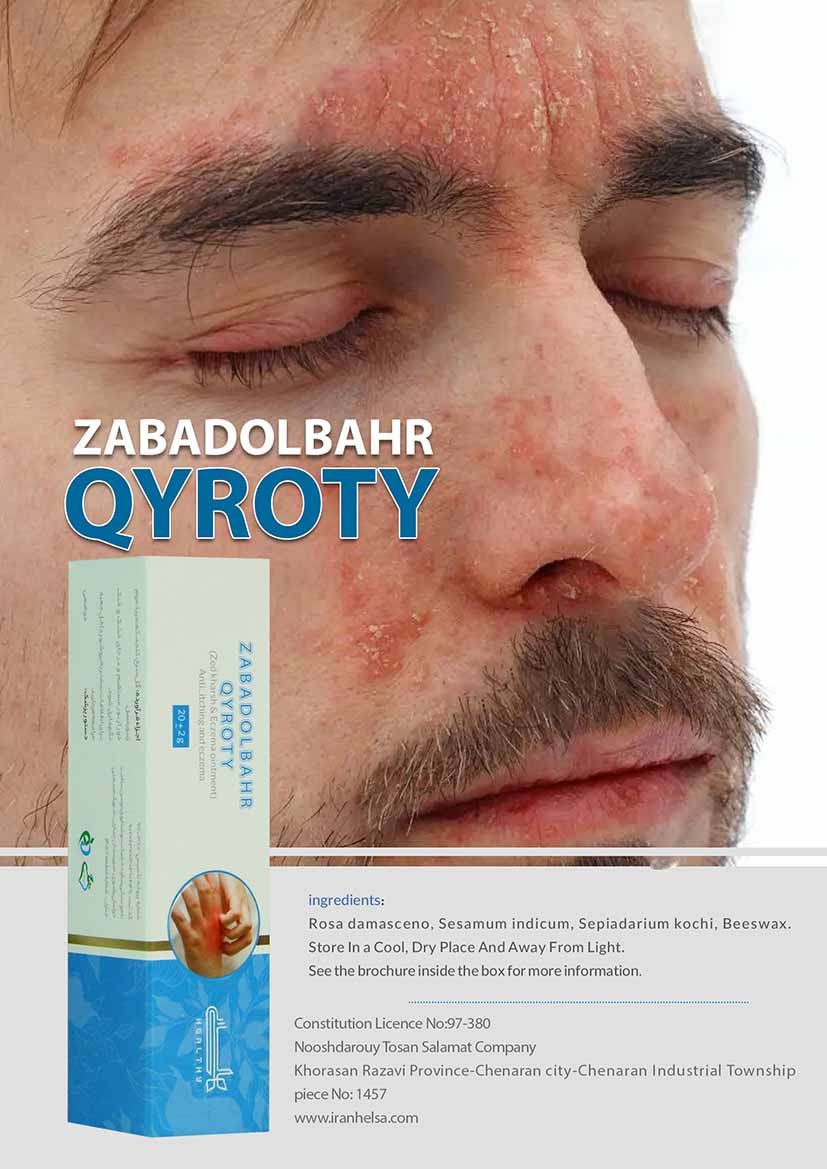
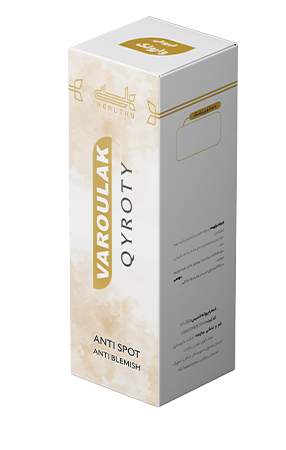
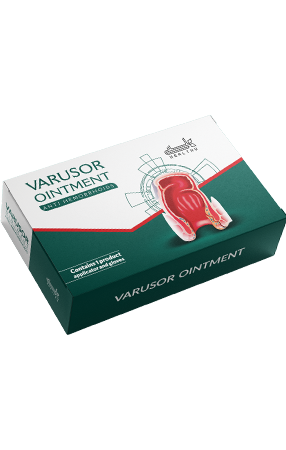
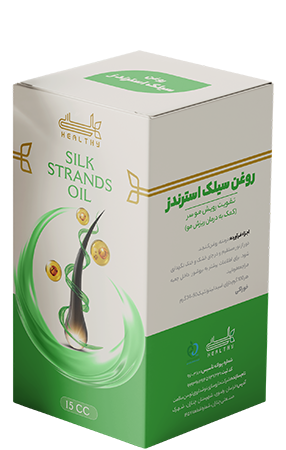
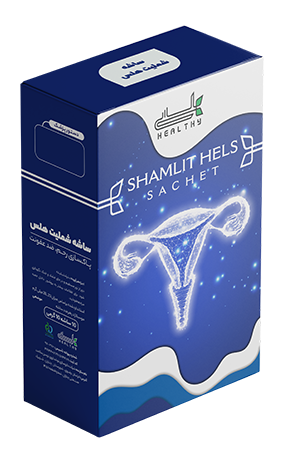
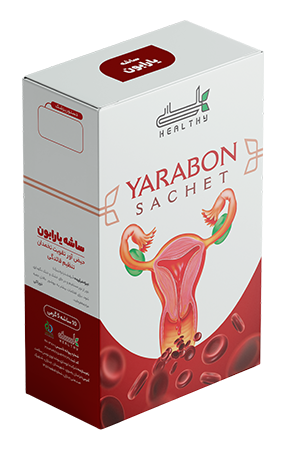

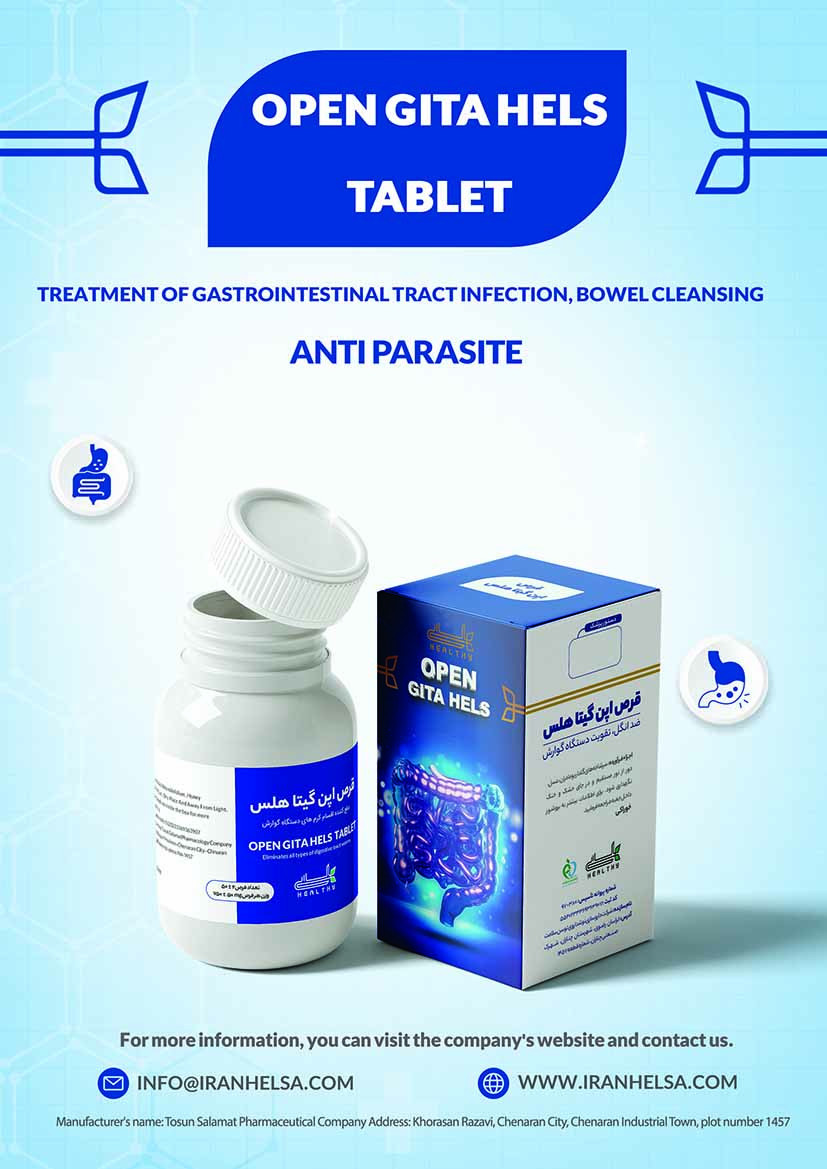
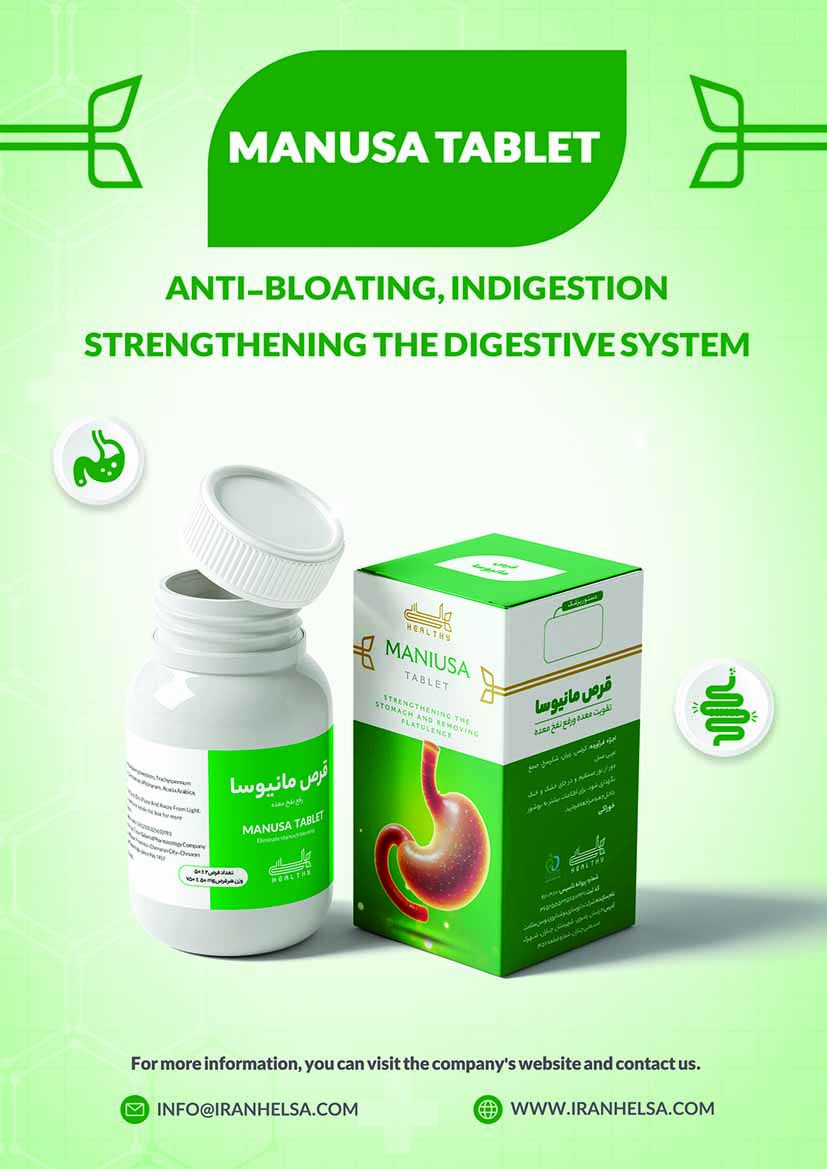
User comments